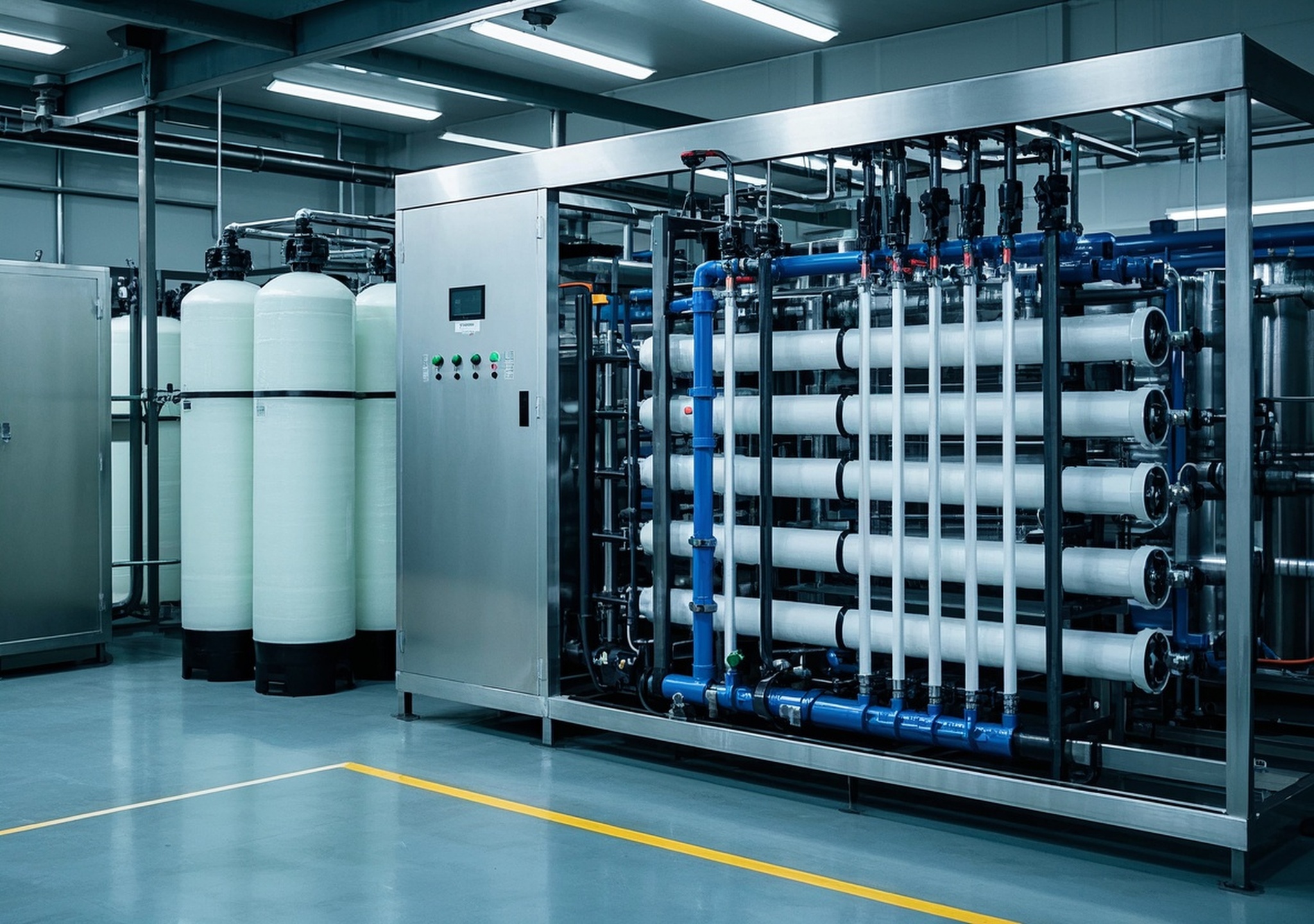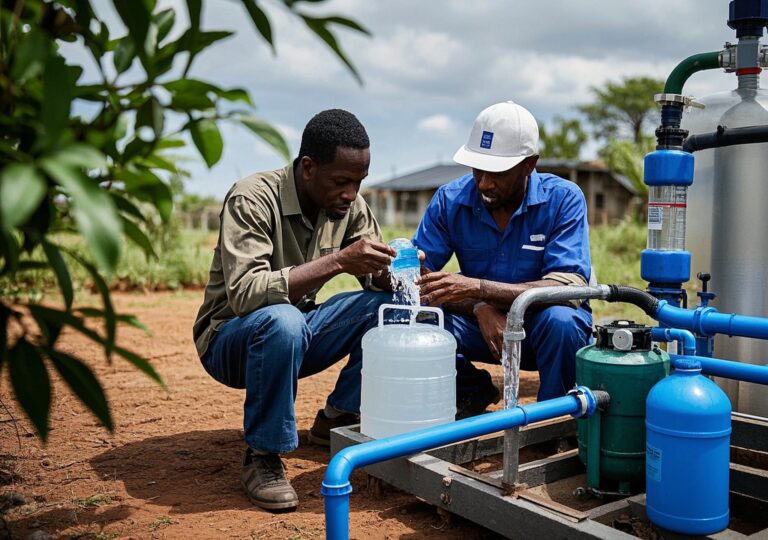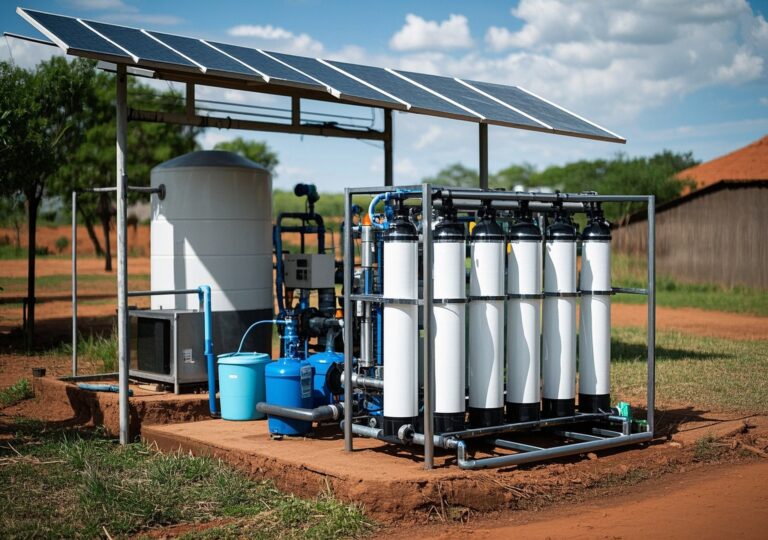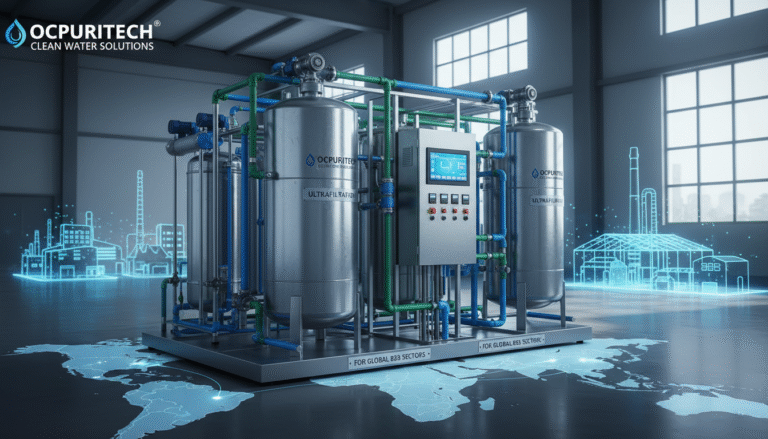Jaw-Dropping Review: Uncovering ultrafiltration systems water treatment Benefits

Jaw-Dropping Review: Uncovering Ultrafiltration Systems Water Treatment Benefits
Water treatment is an essential process across numerous industries, particularly where water purity is critical. Among advanced filtration methods, ultrafiltration systems water treatment has emerged as a superior technique, delivering high-performance separation while ensuring operational efficiency and environmental compliance. This comprehensive article delves into the technology, market landscape, real-world applications, and expert insights to provide a holistic understanding of ultrafiltration systems.
1. Product Overview: Understanding Ultrafiltration Systems and Their Industrial Relevance
Ultrafiltration (UF) is a membrane filtration process that removes suspended solids, bacteria, viruses, and high-molecular-weight substances from water. It operates under moderate pressure, typically between 1–10 bar, and features membrane pores sized roughly from 0.01 to 0.1 microns. These fine membranes enable UF systems to provide a physical barrier that ensures water quality without the use of chemicals.
Industries that widely adopt ultrafiltration systems include:
- Mining and Metallurgy: Treating mining effluents, recovering valuable metals, and reducing turbidity.
- Food and Beverage: Clarifying juices, sterilizing dairy products, and ensuring microbial safety.
- Pharmaceutical and Cosmetics: Producing ultrapure water for formulation and cleaning to meet stringent purity standards.
- Municipal and Industrial Water Treatment: Treating surface, groundwater, and wastewater for potable and process waters.
- Laboratories and Research Facilities: Providing consistent ultrapure water for sensitive experiments.
- Boiler and Cooling Systems: Pre-treating feedwater to prolong equipment lifespan and improve efficiency.
The versatility of ultrafiltration technology suits diverse feedwaters such as river water, well water, municipal supplies, and industrial effluents, making it a cornerstone in modern water purification strategies.
2. Technical Principles and Key Components of Ultrafiltration Systems
The core of ultrafiltration systems lies in membrane separation technology. These membranes function as selective barriers that separate particles based on size and molecular weight cutoff. Key technical aspects include:
- Membrane Modules: Typically constructed from polymeric materials (like polysulfone, polyethersulfone) or ceramics. Polymeric membranes offer cost-effectiveness and flexibility for broad applications, while ceramic membranes provide superior chemical and thermal stability, ideal for aggressive or high-temperature environments.
- System Design: UF units generally incorporate tubular, hollow fiber, or flat-sheet membranes arranged to optimize flow and minimize fouling.
- Automated Control Systems: Equipped with sensors and PLC (Programmable Logic Controllers) to monitor pressure differentials, flow rates, and membrane integrity in real-time, ensuring operational reliability and simplified maintenance.
- Backwash and Cleaning Mechanisms: Periodic automated backwash with water or chemical cleaning agents preserves membrane permeability and extends lifespan.
During operation, feed water is pressurized and directed tangentially along the membrane surface. The permeate (filtered water) crosses the membrane, while retained contaminants concentrate in the retentate stream, which is periodically discharged. This process effectively removes suspended solids, microorganisms—including bacteria and viruses—and macromolecules such as colloids, resulting in treated water that meets high purity standards.
3. Price Breakdown: Investing in Ultrafiltration Systems with Optimal Cost-efficiency
The pricing of ultrafiltration systems reflects components, technology, and scale. Key cost factors include:
| Cost Component | Description | Approximate Share of Total Cost |
|---|---|---|
| Base System | Membrane modules, pressure vessels, pumps, and piping | 50-60% |
| Automation & Controls | Sensors, PLCs, and monitoring hardware/software | 10-15% |
| Installation & Commissioning | Site preparation, assembly, startup services | 15-20% |
| Consumables & Maintenance | Chemicals for cleaning, membrane replacement, labor | 10-15% annually |
Despite upfront investment, ultrafiltration systems offer competitive long-term returns by reducing chemical usage, lowering energy costs relative to other filtration methods, and minimizing downtime due to robust automated cleaning and monitoring features.
4. Performance Specifications and Quality Assurance
Key performance indicators (KPIs) for ultrafiltration systems typically include:
- Filtration Efficiency: Removal rates exceeding 99% for suspended solids, bacteria, and viruses.
- Flux Rates: Ranges from 50 to 150 liters per square meter per hour, adjustable with feedwater quality.
- Operating Pressure: Generally 1–10 bar, depending on membrane type and system design.
- Operational Temperature Range: Polymeric membranes up to 45–55°C, ceramic membranes up to 90–100°C.
- Material Standards: Membranes conform to international certifications such as NSF/ANSI 61 for potable water safety; system components comply with ASTM and ISO quality management standards.
Quality control is indispensable, with manufacturers conducting rigorous factory acceptance tests (FAT), including pressure decay, flow verification, and microbial challenge tests. On-site commissioning includes performance validation with actual feedwater, confirming compliance with client specifications.
5. Market and Application Scenario Analysis
The global ultrafiltration systems water treatment market is expanding rapidly. According to research by Grand View Research, its valuation exceeded $2.8 billion in 2024, with a forecasted compound annual growth rate (CAGR) of approximately 5.2% through 2030. Other sources project even higher growth rates nearing 7.4% to 15.05%, driven largely by increasing water scarcity, tightening regulations, and industrial demand for high-quality water.
Regionally, the Asia-Pacific holds the largest market share, propelled by rapid urbanization and industrial growth in China, India, and Southeast Asia. North America leads in advanced membrane adoption, supported by government initiatives promoting water reuse and pollution control.
Industries are adopting ultrafiltration for various tailored applications:
- Municipal Water Treatment: UF serves as a pre-treatment step to remove pathogens and particulates before disinfection, enhancing safety and taste without adding chemicals.
- Industrial Wastewater: Recovering water for reuse and reducing pollutant discharge.
- Food and Beverage: Ensuring product consistency by removing microbes while preserving key nutrients.
- Pharmaceuticals and Electronics: Producing ultrapure water free of endotoxins and pyrogens.
6. Case Studies: Real-World Applications Demonstrating Ultrafiltration Impact
Case 1: Food Processing Plant in Southeast Asia
I led the implementation of an ultrafiltration system treating 150 m³/day of surface water at a juice manufacturing facility. Post-installation, microbial loads dropped from over 10,000 CFU/mL to below detection limits, enabling the elimination of chlorination. This transition reduced chemical costs by 30% and improved product shelf life by 20%. The modular design permitted easy scalability as production increased.
Case 2: Municipal Water Plant in North America
In a municipal application, integrating UF membranes improved turbidity removal from 5 NTU to under 0.1 NTU consistently. This enhanced downstream UV disinfection performance, reducing energy consumption by 15%. Additionally, automated membrane cleaning extended service intervals from monthly to quarterly, cutting maintenance labor.
Case 3: Pharmaceutical Facility in Europe
For ultrapure water generation, ceramic ultrafiltration membranes were selected due to their chemical resistance. The system ensured endotoxin levels remained under 0.25 EU/mL, meeting stringent pharmacopeia standards. The plant reported zero process interruptions related to water quality over a full year of operation, validating system reliability.
7. Customized Solutions and Comprehensive Service Support
Ultrafiltration solutions are rarely “one size fits all.” Customization often includes pretreatment steps such as coagulation or multimedia filtration to protect membranes from fouling. Post-treatment options like UV disinfection or activated carbon polishing tailor the water to client needs.
Service packages encompass:
- Installation and Commissioning: On-site system startup, employee training, and operational SOP development.
- Routine Maintenance: Scheduled membrane cleaning cycles, performance monitoring, and parts replacement programs.
- Remote Monitoring: Integration with cloud-based platforms for proactive alerts and optimization.
- After-Sales Support: Rapid technical assistance and upgrades as regulations or needs evolve.
This holistic approach assures continuous performance, compliance, and maximum return on investment.
8. Manufacturer Credentials and Competitive Advantages
Leading ultrafiltration technology providers distinguish themselves by:
- Strong R&D capabilities driving membrane innovation, including antifouling coatings and higher flux membranes.
- Certifications such as ISO 9001 and NSF ensuring product safety and reliability.
- Extensive track records across industries, validating adaptability and robustness.
- Global service networks enabling fast support and spare parts availability.
Such advantages reduce technical risks and facilitate integration within existing treatment infrastructures.
9. Conclusion and Investment Recommendations
Ultrafiltration systems represent a cutting-edge solution for sustainable and effective water treatment demands. Their capacity to deliver high water quality with lower chemical consumption, combined with compact footprint and automation, creates compelling economic and environmental value.
When considering investment, factors to maximize returns include:
- Evaluating Feedwater Quality: Optimizing pretreatment to reduce membrane fouling and extend operating life.
- Selecting Appropriate Membrane Type: Balancing cost and durability based on process conditions.
- Leveraging Automation: Reducing operational labor and minimizing downtime.
- Planning for Scalability: Designing modular systems that grow with demand.
Based on my extensive experience managing ultrafiltration projects in diverse industrial settings, systems incorporating detailed monitoring and maintenance programs consistently outperform expectations in both operational efficiency and cost savings.
Integrating ultrafiltration systems water treatment is not merely a filtration upgrade; it’s a strategic investment toward resilient, eco-friendly water management in an increasingly resource-constrained world.
References
- Grand View Research, “Global Ultrafiltration Market Size, Share, and Trends Analysis Report – Industry Overview and Forecast to 2032”
- Allied Market Research, “Ultrafiltration Market Size, Share | Industry Forecast 2031”
- Fact.MR, “Ultrafiltration Market Size, Demand & Growth Report by 2033”




